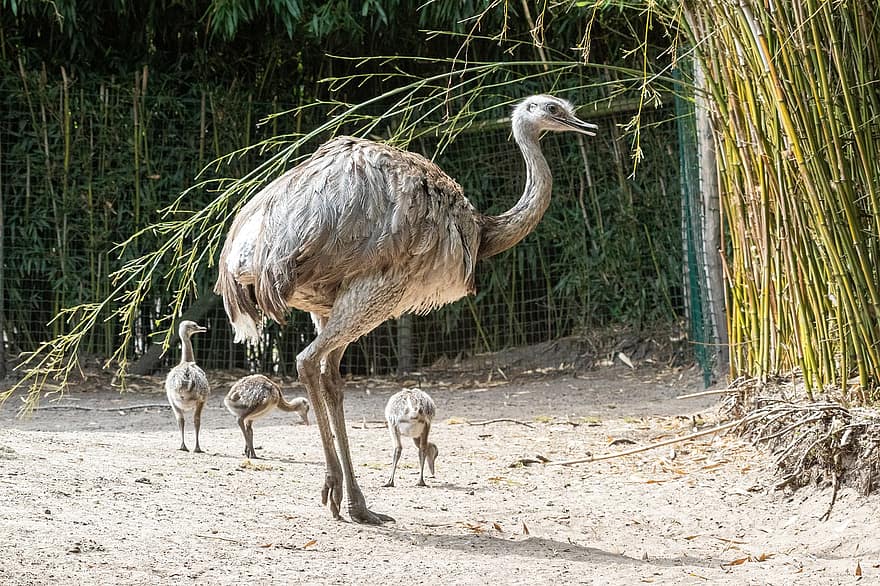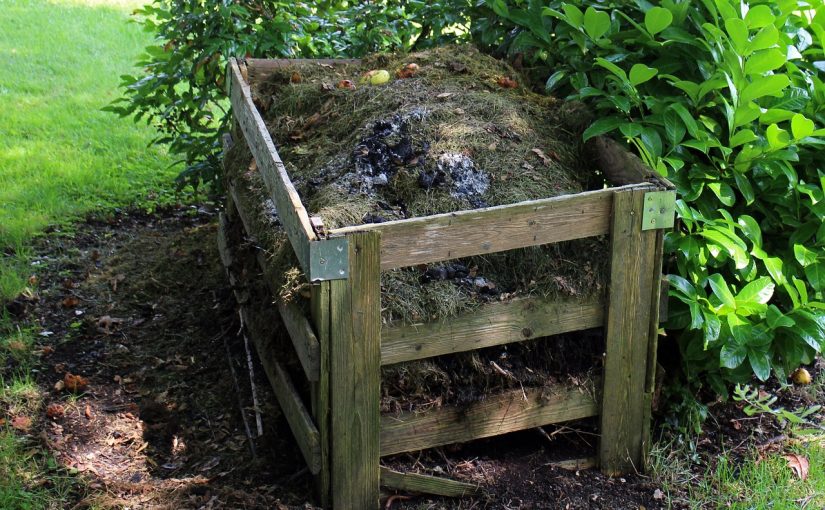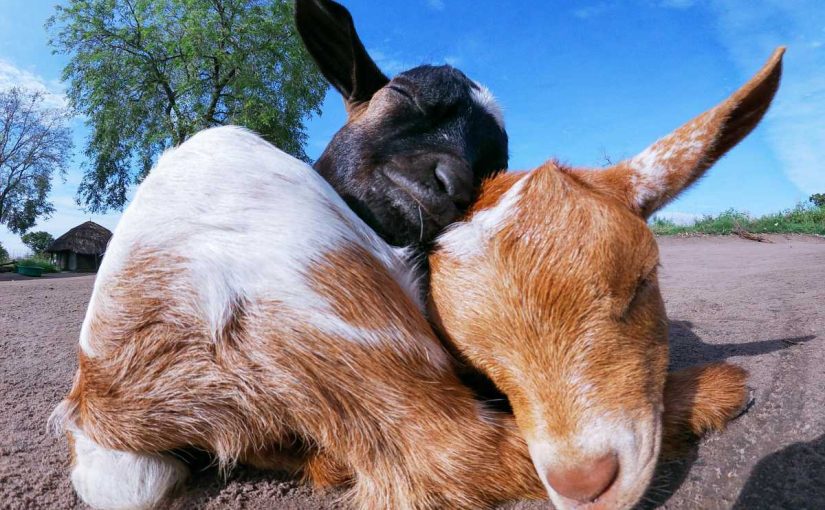Emu farming in USA is a very popular and productive business model. Emus are among the large-sized poultry birds having connections from the ratite group and play a very important role in economies around the world. They produce productive meat, eggs, oil, feathers, as well as skin. And the best part is, they adopt in almost all types of climates and agricultural conditions.
Farmers can raise these large-sized birds in both semi-intensive as well as extensive systems. Countries like the USA, Australia, and China are the leaders in emu farming.
And the climate in countries like India, Pakistan, Sri Lanka, and Bangladesh, etc. is also very favourable for emu farming. If you are planning for a profitable emu farming business, you are going in the right direction.
Starting an emu farming business in the US is very easy, and you can start it anytime, especially if you own some land. But before starting, you need to know the right emu farming information. Factors like housing, breeding, caring, feeding, disease management, and atmosphere can make a lot of difference in a successful, profitable, and wayward, fruitless farming.
Also Read: Quail Farming – A profitable business for farmers having small lands
Some interesting facts about emus
- Emu comes from the species “DromaiusNovaehollandiae.”
- They belong to the group of ratite families with other birds like Kiwi and Ostrich etc.
- Birds from ratite are known for “not flying.”
- These birds can adapt to almost all kinds of weather and conditions, from excessive cold to extreme heat. And hence, emu farming in the US is not a challenge from a weather point of view.
- They survive for as many as 30 years.
- These birds are known for their friendly nature and be raised easily on the dry open farm and grassy plains.
- An adult eum’s average weight is 45 to 60 kgs, while the average height is 5 to 6 feet.
- Female emus can reproduce for at least 25 years.
Advantages of Emu Farming
There are various advantages associated with emu farming. Some of the main highlights of commercial emu farming are:
- Emu meat is always in demand because of its amazing taste and nutrition. It is high in energy and protein, and low in cholesterol and fat.
- Almost all products, including emu eggs, meat, oil, and skin, are of great value in different industries.
- Emus don’t require a lot of food. They can easily survive in different types of affordable foods. And can give you a lot in return.
- It is very easy to raise them even with other poultry birds and pet animals.
- Diseases are less common in emus, and they survive healthily in almost all types of climates and conditions.
- Emu farming is full of profits and can be an excellent source of income and employment.
- You don’t need vast management and technical knowledge to raise emus. Only basic knowledge about how to start emu farming is enough.
How to start farming with high chances of productivity
If you own spacious land with enough nature in the surroundings, setting up an emu business won’t take many efforts. Here is a step-by-step guide on everything you need to know about emu farming – yes, A to Z of emu farming!
Location for farming
Selecting a suitable location/land is important to start emu farming correctly. And if you have your own plot of land, then you are in a win-win situation. It would help if you can keep a few important factors in mind while selecting a location for emu farming. And one of them is to ensure proper availability of clean and fresh water, cheap labor, good sources of food and nutrition, proper transportation chain, medical system, and a market near the location.
Manging emu chicks
If you want to get decent emu farming profit, managing emu chicks becomes very important. The average weight of a newly born chick is around 370 to 450 grams i.e., about 67% of the total weight of emu egg. But the exact chick weight also depends on the size of the emu egg.

Keeping the chick inside an incubator for 2 to 3 days is important. It will ensure proper absorption of egg yolk as well as drying of the chick. Then, place them in a house with a deep litter floor. You can easily prepare litter with paddy husk. Setting up a brooder for a batch of around 25 to 40 chicks. Each chick requires 4 square feet of space in the first three weeks of its life.
Set the brooding temperature at 900F for the first ten days, reduce it to 850F, and don’t change the temperature until they are 3-4 weeks old. If you want to raise them properly, taking care of temperature is massively important.
Place enough number of feeders and water pots inside the brooder. Build a chick guard of at least 2.5 feet to ensure the chicks don’t jump and stray outside the brooder. Hang a bulb inside the brooder, and keep it on all the time. A 100 square feet area needs a 40-watt bulb for proper lighting and temperature.
Once the chicks are of 3 weeks, increase the brooder area as well as the height of the chick guard. Keep them feeding with chick starter mash for 12 to 14 weeks or until their body weight touches the 10-kg mark.
Emu chicks need a lot of playing and running space for proper and healthy growth. So, provide them with as much floor space as possible. You can easily raise around 40 chicks in a floor space measuring 30×40 square foot. Space should be drained easily and is free from any dampness.
Grower management
This is the most important part of emu farming information. Unlike most of the poultry birds, emus are big. And naturally, they need large flooring space, large feeders, and big-sized water pots. Keeping male and female emus together is not a good idea, so keep them separately after identifying their sexes. Feed them with birds’ grower mash and 10% of green for 34 weeks of age or weight 25 kg. Never raise chicks with grown adult emus to ensure maximum safety.
Breeder management
- Usually, emu birds attain maturity at 18th to 24th month of age.
- Ensure male and female ratio as 1:1 for proper breeding.
- Each pair requires 2500 square feet area for comfortable mating.
- You can grow multiple shrubs and trees to induce mating with complete privacy.
- Plan your breeding campaign properly, and increase the number of minerals and vitamins in their food to better breed. This will ensure healthy fertility.
- An adult emu needs one kg of food per day, but the requirement reduces dramatically during mating.
- You will get about 15 emu eggs in the first year. And unlike most of the other poultry birds, the number of eggs increases with every passing year.
- A female emu usually lays its first egg at the age of one and a half years.
- The average weight of a healthy egg is 470 grams to 650 grams. Eggs are slightly greenish and are fairly tough in appearance.
- Usually, a healthy egg takes as many as 52 days of incubation to produce a healthy chick!
- To ensure proper hatching of eggs, you must have to maintain proper temperature as well as moisture.
- Proper care and management are very critical for producing healthy chicks. So, you will have to be extra careful throughout the breeding process.
Feeding emus
A balanced diet and nutrition are very important for emu birds, like all other poultry birds. Fresh, high-quality foods play a very important role in keeping them healthy and disease-free. So, for profitable emu farming in the USA, never compromise with the quality of food you provide to the emus. And don’t forget to give a sufficient amount of fresh and clean water at regular intervals!
- Care and management
Emus are among the strongest birds, and they have a very long life. Issues related to health and mortality rate are also not common. Juveniles and chicks often suffer from a few health problems like clostridial infections, coli infections, leg abnormalities, malnutrition, intestinal obstruction, and starvation, etc.
Genetic disorders, improper brooding, caring, handling, and poor diet and nutrition, etc. are responsible for these diseases. Conditions like ascarid infestations, candidiasis, lice, salmonella infection, coccidiosis, aspergilla, etc. are less common but are noticed in emus.
Vaccinating them on time is a great idea to protect them from possible diseases. Veterinary experts recommend vaccines like Lasota, Lasota booster, and mukteswar strain for good immunity.
Marketing emus and their products
You can earn a lot of emu farming profit as you can sell almost everything! Start selling emu products when they attain the marketing age. Along with emu eggs, meat, skin, feather, and oil are in great demand. You can even sell them as day-old chicks or gown birds! Selling a chick for $50 to $60 won’t be a huge challenge. And you can sell growing emu at $300 to $400. First, explore your local market so that you don’t need to be worried about transport expenses. On a larger scale, you have the whole international market in front of you!
Emu farming is definitely an astoundingly profitable business. The USA’s weather is also not a big challenge, as they can grow in almost every condition. So, follow this detailed emu farming information, visit a few emu farms around your city/town, and start your own business today!
Reference Link:
https://www.roysfarm.com/emu-farming-in-india/




